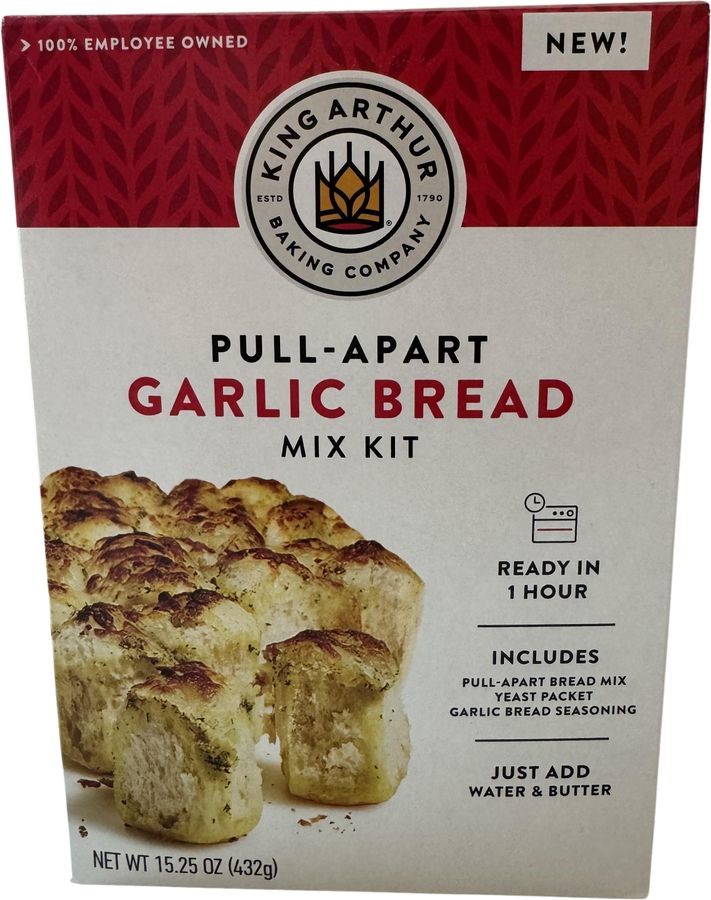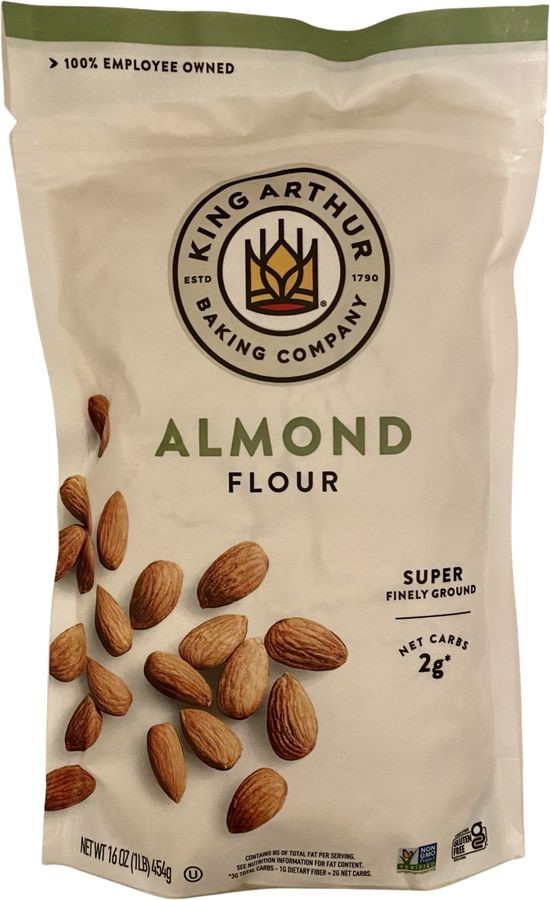The food and drink industry faces more ingredient vulnerability than ever, with items that were once considered pantry staples becoming less reliable due to climate change, disease, and supply chain disruptions. This year alone, the United States Department of Agriculture’s (USDA) Food Price Outlook predicts a staggering 20.3% rise in egg prices.
Early outbreaks of the Avian Influenza H5N1 strain caused significant egg shortages in 2023. The situation in 2025 is even more strained, with the national flock remaining smaller than it was during the previous outbreak, further tightening supply.
The egg category isn’t the only one to experience volatility due to uncontrollable factors in recent years. Over the last two decades, orange yields have declined by 75% or more in key citrus regions, such as Florida and Brazil. This is primarily due to the severe impact of citrus greening disease, but extreme weather, such as droughts, floods, and hurricanes, has also impacted the juice industry.
Similarly, the cocoa industry faces unprecedented challenges. West Africa is where 80% of the world’s cocoa is grown, with 55% alone produced in Ghana and the Ivory Coast. In 2024, Global cocoa production was down 11% due to increasingly unfavorable weather conditions, which continue to spur crop disease. The outlook is worrisome as climate change is expected to intensify the region’s El Niño climate pattern effects.
Items like eggs, cocoa, and oranges have long been prized for their affordability, versatility, and nutritional value. Despite supply chain disruptions, consumer loyalty remains strong among these products. As of February 2024, just 4% of US egg consumers anticipated reducing their egg consumption, highlighting the inelastic nature of this market. Additionally, 87% of non-vegan US consumers reported eating eggs within the six months leading up to February 2024. In short, eggs are an integral staple in the American diet.
Below are three key strategies food and drink brands should consider as they continue to navigate ingredient shortages in 2025 and beyond.
Key Strategies to Improve Ingredient Diversification
Prove value to win consumers’s loyalty
Over half of US consumers associate eggs with being easy to prepare and healthy. Solutions to replace eggs need to prove their value by matching these attributes: health, convenience, and – especially now – affordability.
Historically, plant-based egg substitutes have been costlier than traditional eggs. However, a tipping point may soon be reached where these alternatives achieve price parity. The ongoing Highly Pathogenic Avian Influenza (HPAI) outbreak has made it more difficult to find eggs on shelves, potentially pushing consumers toward premium-priced, plant-based options. This is a critical time for egg alternatives to prove their value and deliver on taste and functionality to retain consumers once the egg shortage is resolved.
In addition to being an affordable and easy-to-prepare protein, eggs have many technical benefits and are used frequently in baking, desserts and other categories. For example, baking mixes often require the consumer to add eggs to prepare. Agile baking brands can pivot to provide complete baking mixes that do not require additional eggs. These solutions could be either egg-free or made with dried egg ingredients but would offer consumers the convenience of an all-in-one solution that will continue to drive value even after egg prices stabilize.
The lesson: Stay focused on delivering value through taste and functionality to increase consumer loyalty.
Innovation is still paramount
Some forward-thinking brands are helping consumers adapt and adopt ingredient diversification. For example, King Arthur Baking, in a February 2025 Instagram post, offered tips for baking without eggs. Their suggestions included aquafaba (water from beans), puréed tofu, mashed banana, pumpkin purée, applesauce, and flax or chia seeds.



Source: Mintel Purchase Intelligence
King Arthur Baking proactively helps consumers adapt to ingredient innovation as eggs become scarce through clear and authentic communication, effectively safeguarding its brand and sales in the process.
Other brands have sought to replicate eggs’ unique properties in plant-based alternatives. For instance, tofu can replace scrambled eggs, while black salt is sometimes used to mimic eggs’ sulfur-like aroma.
The lesson: Creative solutions help consumers and businesses to adapt and navigate crises, even when supplies dwindle.
Be conscious of the big picture
Repercussions of major issues affecting the food and drink industry are rarely isolated events. The same goes for the impact HPAI has beyond the egg market.
The virus is spreading rapidly across species, affecting chickens, turkeys, ducks, wild birds, dairy cattle, cats, and even humans. H5N1 subtypes are also emerging and pose potential public health risks, though their pandemic potential remains unclear. HPAI has been less severe in dairy herds, but can still impact the dairy market and production. More than a quarter of California’s dairy farms have already been affected, prompting Governor Newsom to declare a state of emergency.
Pet food brands should also stay vigilant, as cats are particularly vulnerable to the virus. Pet owners will likely seek assurances about the safety of their pets’ food, placing additional pressure on the industry.
The lesson: Brands must recognize the interconnected risks posed by crises like HPAI and prioritize adaptable strategies to maintain consumer trust.
Shape the Future of Ingredient Diversification with Mintel
As unexpected events continue to disrupt supply chains, brands and consumers alike must adapt. Whether through innovative alternatives, creative solutions, or heightened safety measures, navigating the future of ingredients will require resilience and resourcefulness.
By taking these steps, food brands can proactively and authentically address ingredient vulnerabilities and build stronger relationships with their customers.
Want to know more about how changing consumer preferences are driving a profound transformation in ingredient innovation in the food and drink industry? Read our Unveiling the Trends Driving Ingredient Innovation in the Food Industry insight on Spotlight today!
For more ingredients market research, Mintel Clients can contact their Account Manager or access the full Ingredient Watch Insight here (Client access only). If you aren’t a client, please contact us today, and a member of our team will get in touch.